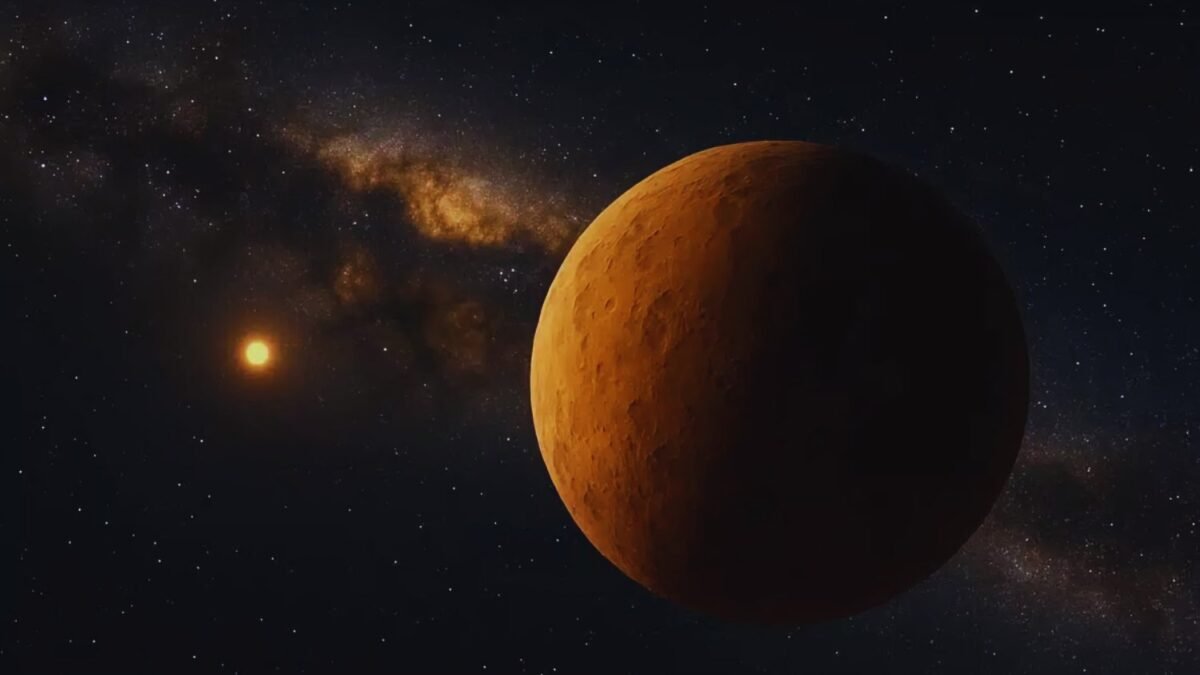A New Finding at the Outer Solar System Sparks Fresh Interest in Planet Nine Theory

A recent discovery made with the Subaru Telescope has caused quite a stir in the scientific community. While it’s not Planet Nine itself, this small icy object could be the most compelling indirect evidence yet of a massive world lurking in the outer reaches of our solar system. And in the world of astronomy, that’s almost as groundbreaking as finding it directly.
### A new sednoid at the edge of space
So far, sednoids have defied our understanding of orbits beyond Neptune, and the recent discovery of Ammonite only adds to the intrigue. This dwarf planet, found last July, is the fourth of its kind and has maintained a stable orbit for billions of years, serving as a relic of cosmic infancy. What’s truly fascinating is that its trajectory cannot be explained solely by the influence of known giant planets, suggesting the presence of an unseen force shaping its path.
### The echo of Planet Nine
The concept of a hidden planet affecting the orbits of Kuiper Belt objects was proposed in 2016, and Ammonite fits snugly into this hypothesis. Its discovery serves as a compelling piece of evidence pointing towards the existence of a distant giant planet with gravity strong enough to influence objects like Ammonite, potentially located even farther away than previously thought.
### A clue about the origins of the Solar System
The presence of objects like Ammonite with elongated orbits hints at extraordinary events in the early days of our Solar System. This bolsters the idea of a hidden planet playing a significant role in shaping celestial paths during the system’s formative years. While it’s not a definitive proof, Ammonite’s presence challenges us to reconsider our understanding of the Solar System and opens up the possibility of discovering a new world that could revolutionize our cosmic map.






